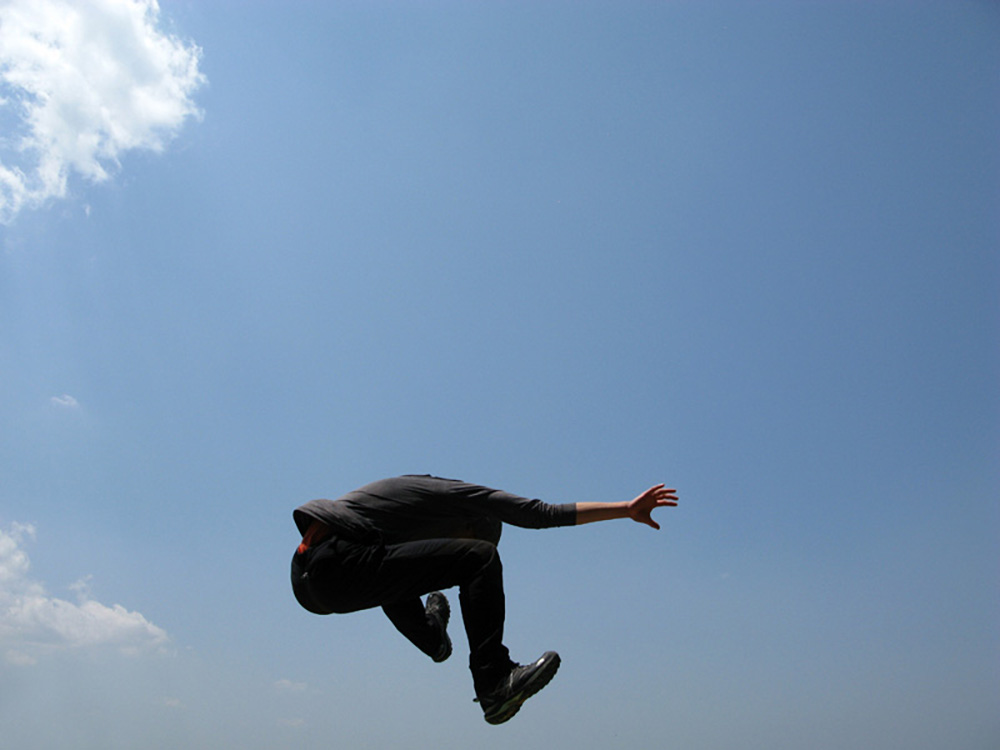
Mildura Palimpsest Biennale #10 2015 : Everywhere all at once, here.
Mildura Palimpsest Biennale (formerly the Mildura Sculpture Triennial est. 1961) is Australia’s earliest contemporary art Triennial / Biennial.
The 10th iteration of Mildura Palimpsest Biennale was an international durational project – inviting 80 Artists from many nations across Australia and around the World to develop experimental new work, through the collective agency of a supported 100% residency based program over two years (2014 – 2015).
The durational program was developed and presented as a series of immersive, experiential projects across the inland desert and agricultural region around Mildura Australia, as well as in Italy and Japan. Artists were encouraged to take risks and create new experimental, transdisciplinary, site-specific and often collaborative new works, engaging with the theme: everywhere all at once…here.
80 Artists from many nations across the continent of Australia and around the World incl:
Afghanistan | Aranda | Awakabal | Bundjalung/Kullilli | Burundi | Canada | East Timor | Finland | France | Gija | Gunditjmara | Greece | Iraq | Italy | Japan | Kokatha/Nukunu | Latvia | Mutthi Mutthi | Ngarrindjeri | Paakantji/Barkindji | Pakistan | Philippines | Pitjantjatjara | Plangermairreenner | Poland | Switzerland/Haiti | Taungurung | Tebrikunna | United Kingdom | USA | Waddi Waddi | Yankunytjatjara | Yolgnu | Yorta Yorta
Artists
Click on Artist Names above for Projects.
The MPB #10 durational program began with artist residencies in 2014 and the Willandra Wisdom Walk in 2015 as part of the Unmapping the End of the World project, guided by Paakantji, Mutthi Mutthi & Ngiyampaa people at Mungo National Park, Willandra Lakes World Heritage Area.
The Biennale opened with a unique Long Weekend Experience for audience and artists in October 2015 at Mungo National Park with the Wiimbia Mayii Kulpa Larna Bush Symposium; and on Latje Latje Country (Mildura) at Mildura Arts Centre, Sunraysia Mallee Ethnic Communities Council, The Mildura Club, La Trobe University, various artist-selected site-specific inland region locations, and the National Gallery of Victoria (Melbourne).
Curated by Jonathan Kimberley
Curatorial Essay: please scroll down
Website: www.mildurabiennale.com
E-Catalogue:
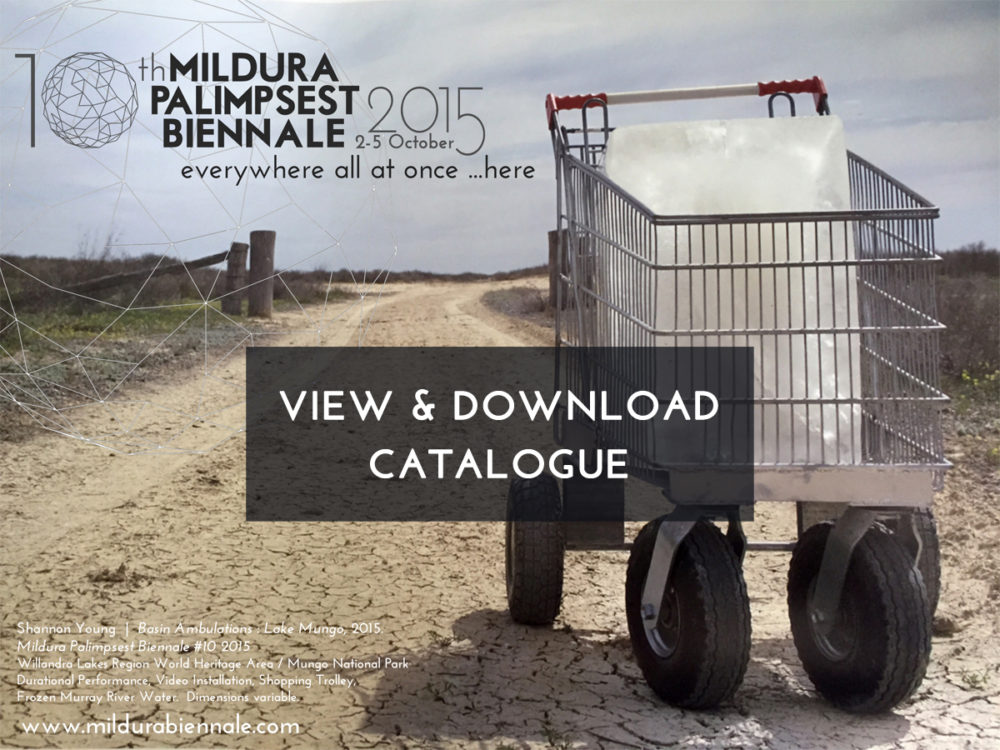
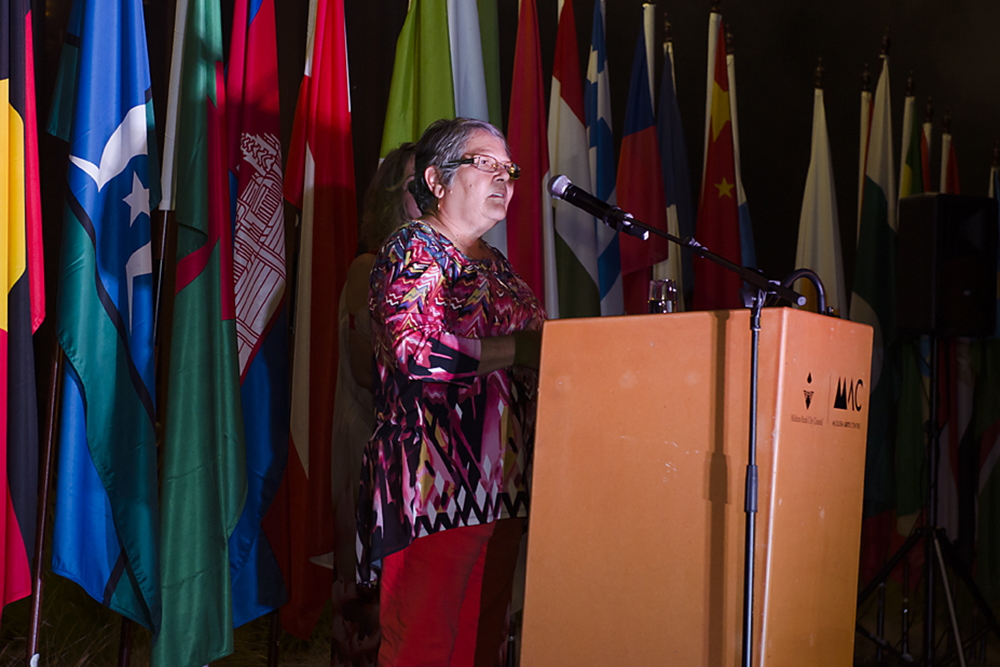
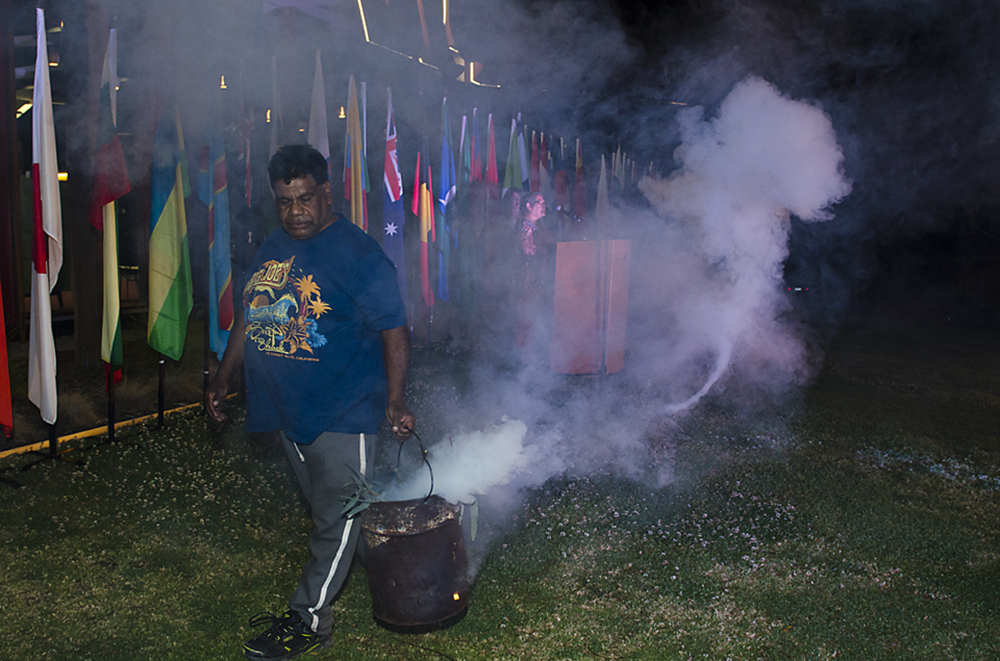
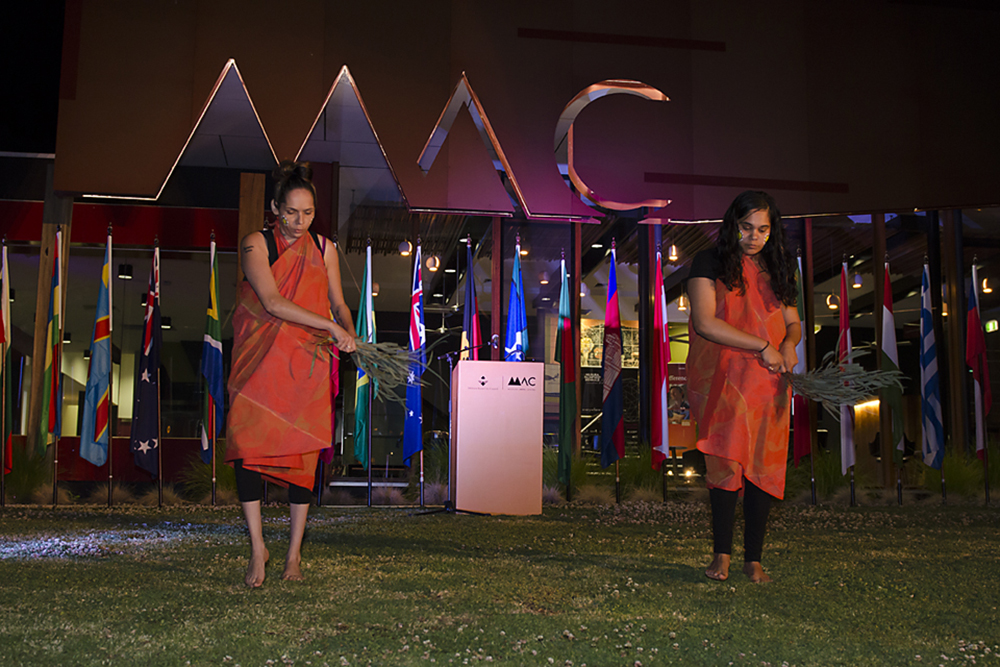
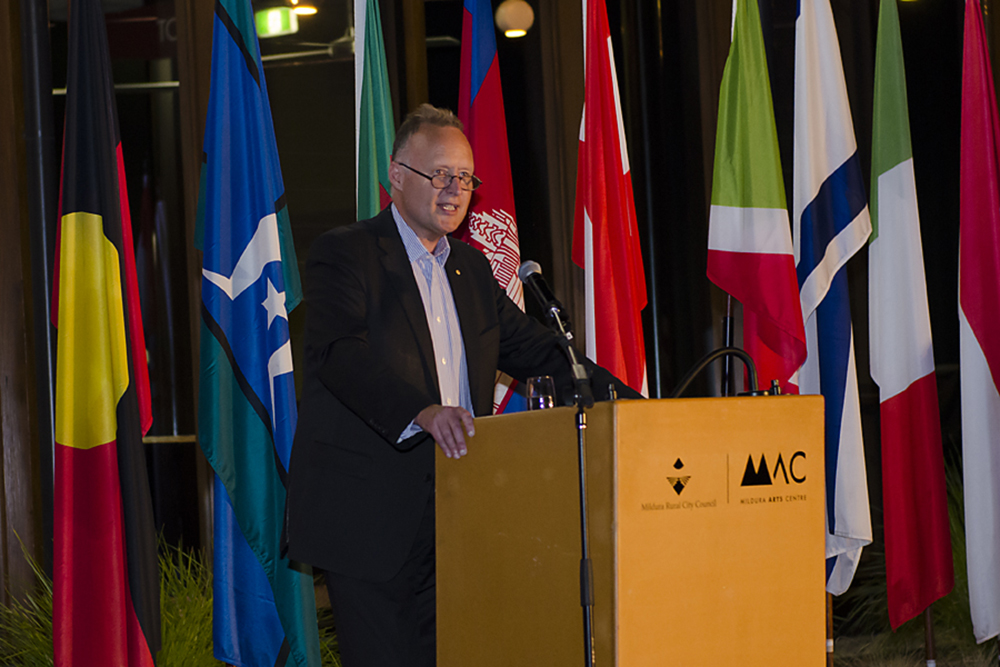

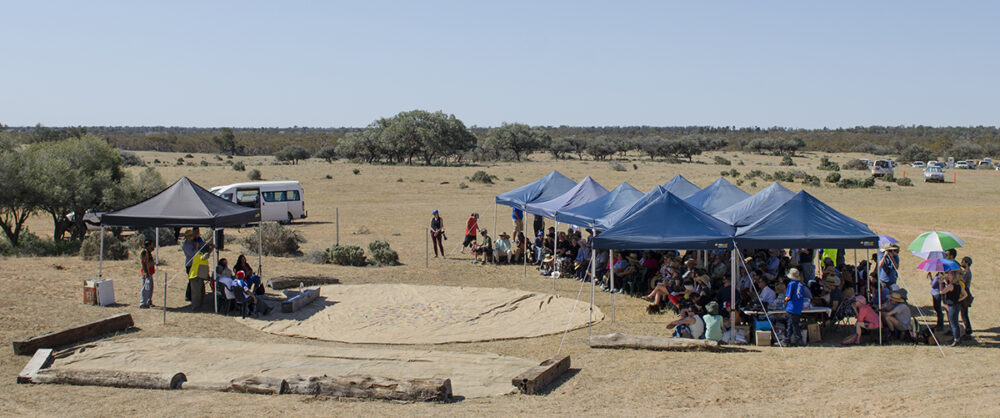
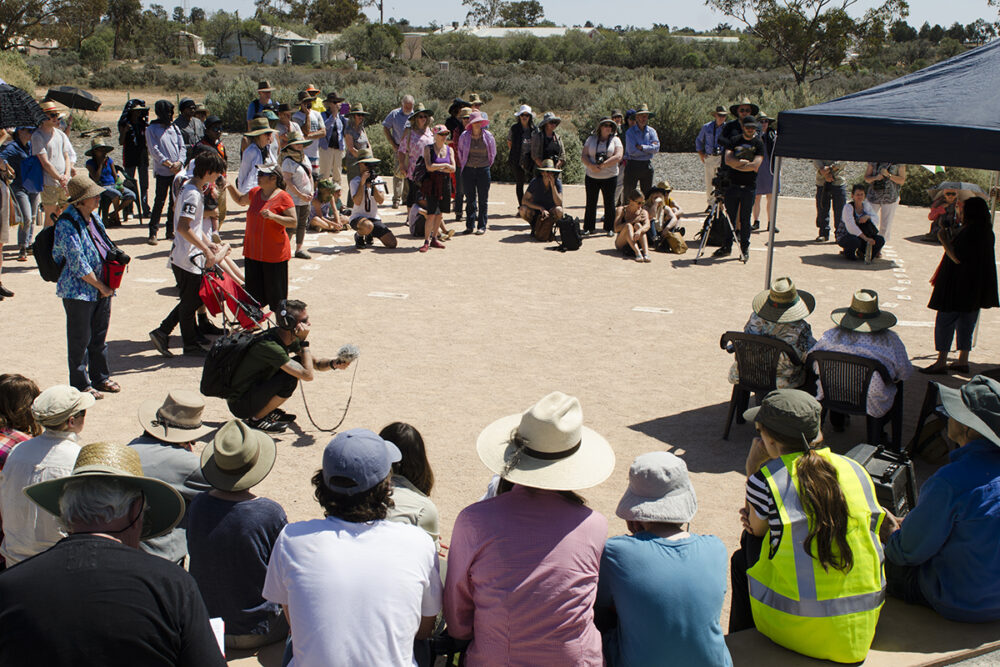
Curatorial Essay by Jonathan Kimberley
“Imagine for a moment that there is no such thing as history; and that rather, everything that has ever happened is always entirely present, everywhere all at once…here.”
– Jonathan Kimberley 2014.
Mildura is a diverse intercultural zone at the edge of the idea of ‘disurbanity’ [1]; a powerful locus of intercultural contemporaneity that is capable of asking the key biennale question: What does connection to country, groundedness and local identity mean in an age of globalization and technological revolution?
Contemporary notions of post-national world order are so replete with ambivalence, that the dissolution of any delimiting intercultural ‘palimpsest’ will rightly be resolute with doubt and belief. Yet, any starting point in the world is of course already ‘out of time’. Mildura Palimpsest Biennale #10 resists the persistent biennale model of a ‘temporary utopia’ [2] by inviting experimental and intercultural investigations into such post-national doubt and belief. Engaging with diverse intercultural belief systems that are generated by the global convergence of international traditions, beliefs and technologies, and are breaking with global modernist timelines in meaningful ways, is arguably the central artistic challenge that defines our age.
For example, we can simultaneously recognize that contemporary knowledge about the continent of Australia and its place in the world has always been held by peoples from the hundreds of First Nations Aboriginal and Torres Strait Islander nations that have always lived here; and that contemporary knowledge about the Australian continent is held amid its global intercultural hybridity, made up of all the worlds nationalities, forming and reforming ‘Australia’ in perpetuity.
A globally significant dynamic exists between one of the most important sites of continuous human occupation in the world at Willandra Lakes Region World Heritage Area / Mungo National Park; local First Nations the Latje Latje, Paakantji, Mutthi Mutthi and Ngiyampaa peoples; and one of the most diverse local and migrant communities in the country, with over 65 international and 26 Indigenous languages spoken in Mildura. This distinctive cultural character is amplified by the visceral physical transition between the fertile yet liminal irrigated plains of Australia’s largest river and the desert country that stretches out on all sides to the great inland of the Australian continent.
At first glance therefore, the Mildura region is a palimpsest of the highest order, a diverse intercultural zone layered with ‘history’ and yet presumed to be off the beaten track of the international art world. However, Mildura is in fact an inland city that harbours a far more complex generative agency, with a significant experimental art legacy [3], capable of interpolating the shifting ground of the contemporary international, from an inland southern hemisphere locus. Concurrently however, outmoded notions of exclusivity and non-transmutable locus are often too presumptuous. Without actively seeking non-hegemonic intercultural collaborative agency that is capable of recognizing anew the contemporary simultaneity of ancient knowledge and virtual reality, we remain at risk of Elysian delusion with regard to equitable intercultural discussion.
Imagine for a moment that ‘history’ itself is a delimiting concept; and that out of ‘history’ we can perhaps reconfigure the core element of intercultural contemporaneity; the notion that we can be everywhere all at once…here. It is not for any one of us to know how or where such a collaborative journey might take us, but rather that we can be more open to how it might change us.
© Jonathan Kimberley (2015).
Special thanks: Paakantji, Mutthi Mutthi, Ngiyampaa and Latje Latje peoples, Willandra Lakes Region World Heritage Area, Mungo National Park, Mildura Arts Centre, Arts Mildura, Centro Camuno di Studi Preistorici, Federico Troletti, Walk Japan, John McBride, Australia Council for the Arts, Yulgilbar Foundation, Rupert Myer, Creative Victoria, Regional Arts Victoria, Copyright Cultural Fund, Mildura Rural City Council, Sunraysia Mallee Ethnic Communities Council, Australian World Heritage Indigenous Network, Australian National Commission for UNESCO, National Gallery of Victoria, La Trobe University, Danielle Hanifin, Emile Zile, Marie Falcinella, Dan Menzies, Jess Avery, Rohan Morris, Ross Lake, and we acknowledge the contribution of former co-curator Helen Vivian.
A huge thank you also to all volunteers, local businesses and generous philanthropists without whom such major international projects in small communities with minimal budgets would not be fully realized.
[1] Augustin Berque, Research on the history of disurbanity, EHESS/CNRS, Paris. berque@ehess.fr, 2001.
[2] Anthony Gardner and Charles Green, ‘Biennials of the South on the Edges of the Global’, Third Text, 27:4, (2013).
[3] The Mildura Sculpture Triennials (1961-1988), revered predecessor of the Mildura Palimpsest Biennale (1998-2015), represented a significant shift in Australian contemporary art. Post 1970, with Tom McCullough as curator, the triennials became the most significant experimental, site-specific, interdisciplinary contemporary art events in Australia, coinciding with Christo’s The Wrapped Coast (1969) and preceding the first Biennale of Sydney (1973). As a result, Tom McCullough was curator of the second Biennale of Sydney (1976).